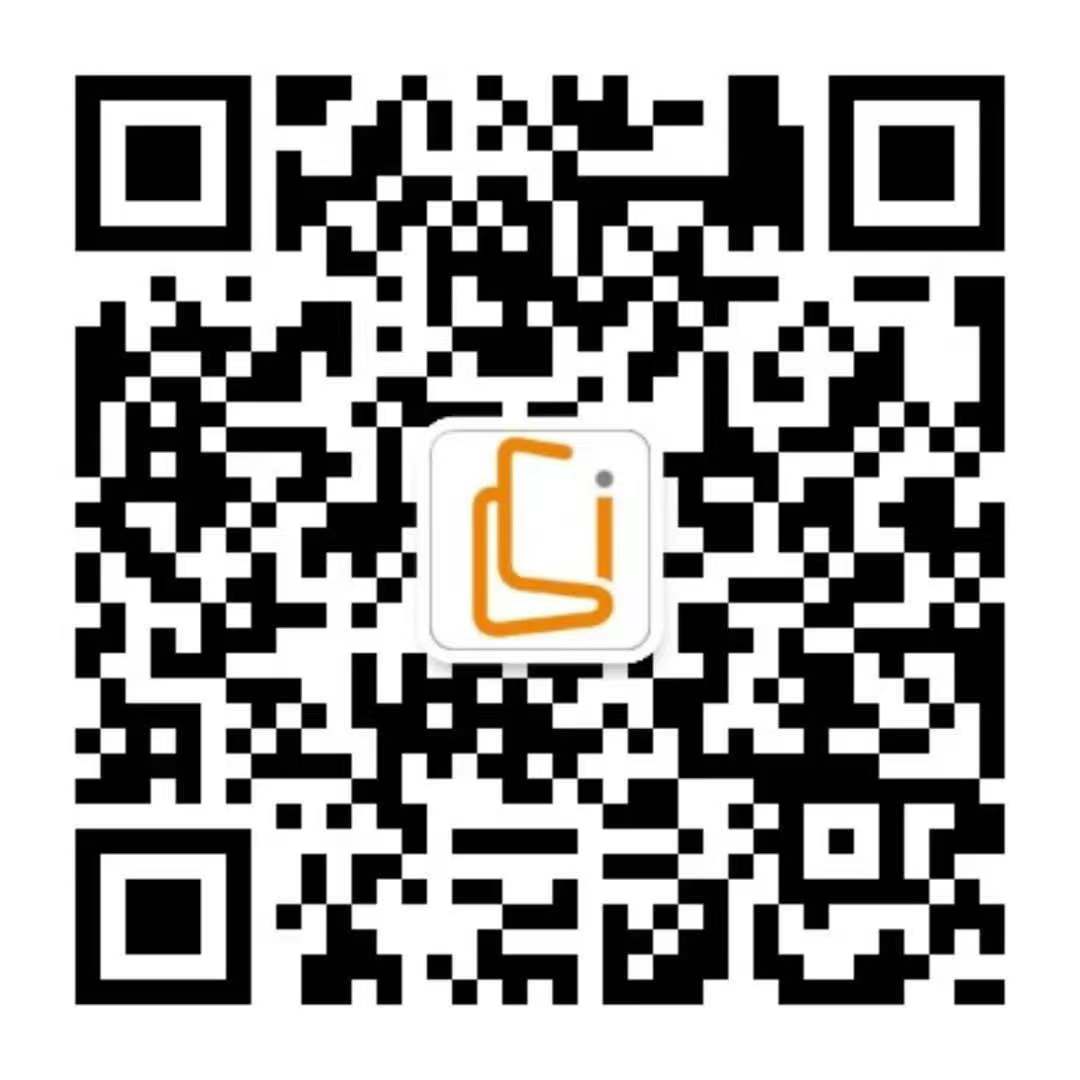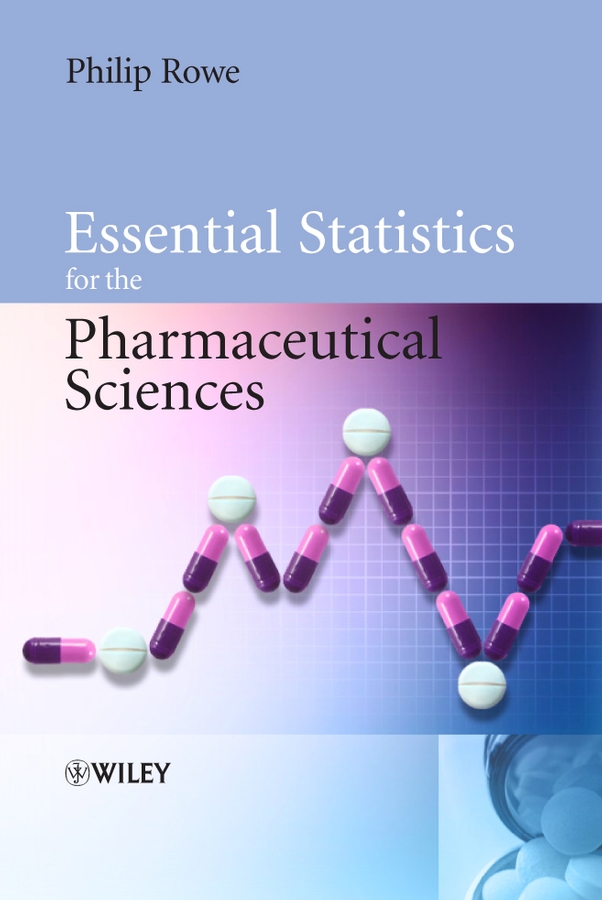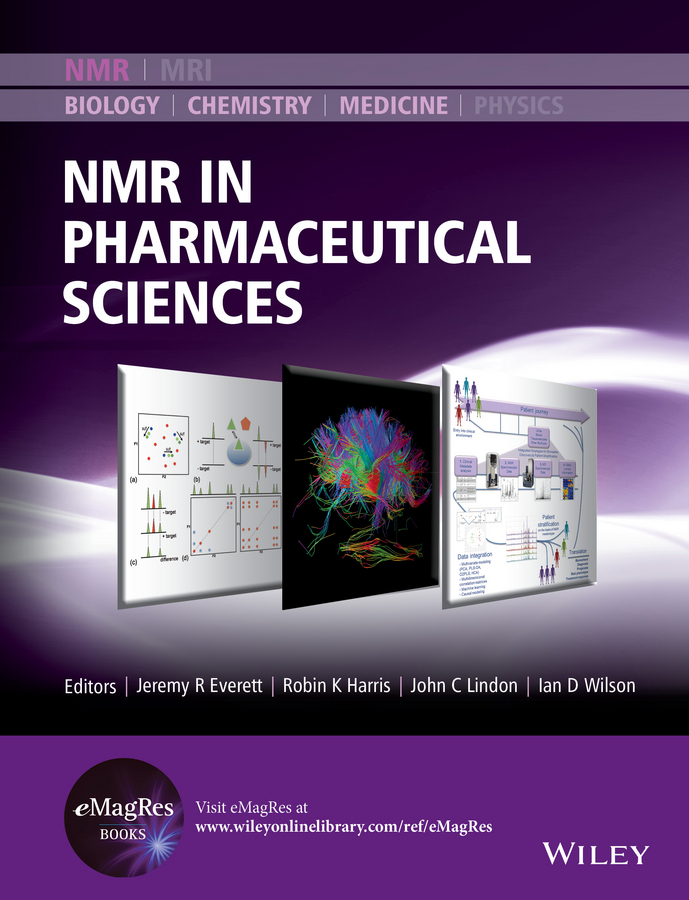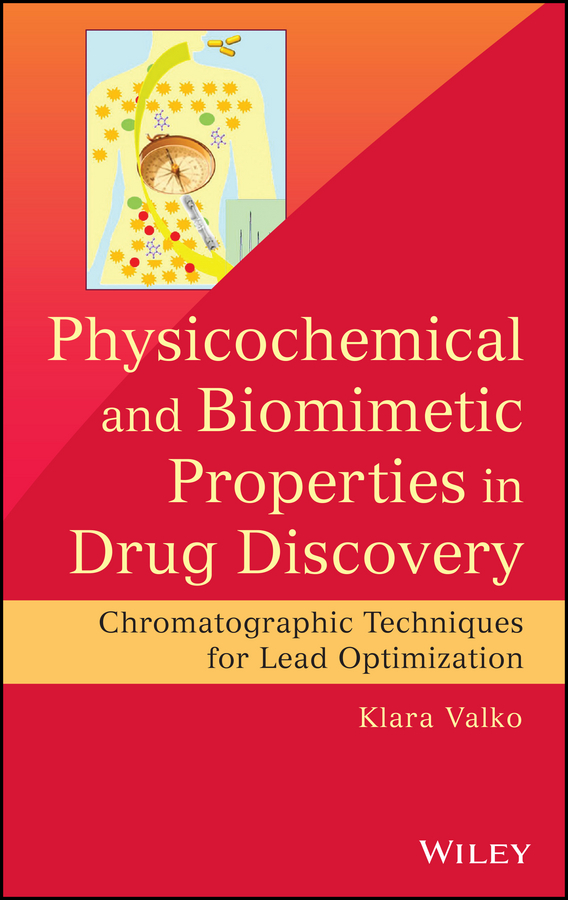CLCR9
LanguageENG
PublishYear2007
publishCompany
Wiley
EISBN
9780470319437
PISBN
9780470034705
edition
1
- Product Details
- Contents
Essential Statistics for the Pharmaceutical Sciences is a clear, accessible introduction to the key statistical techniques employed for the analysis of data within these subject areas. It explains why statistics are necessary and discusses the issues that experimentalists need to consider. It covers the whole process from planning an experiment to interpreting the results and avoids unnecessary calculation methodology. The book clearly explains how data is described and how it is tested for changes or relationships. The book also describes in a logical manner the surrounding issues with which statistics users have to grapple. For example, it addresses questions such as, How much data do I need? Is it better to design a simple or a more complex experiment? What does a significant result mean? The most commonly used statistical methods are described in terms of their purpose, when they should be used and what they mean once that have been performed. Actual methods of calculation are generally not described unless absolutely necessary. Instead, block diagrams are used to show what factors are taken into account by each method and what influence each factor has. Brief instructions for performing the tests using any statistics package are provided with more specific instructions for performing the procedures using Minitab and SPSS provided on an associated website. All examples are provided within a pharmaceutical context with key points emphasized in summary boxes and potential abuses highlighted in Pirate Boxes- a summary is provided at the end of each chapter. The book is accompanied by a website that includes data sets in Excel files to enable readers to try the analyses without having to re-enter the data. The website also includes Minitab/SPSS instructions and additional methods that perhaps arent commonly used. This book takes a new and innovative approach to statistics with an informal style that appeals to undergraduates - especially those who shy away from statistics if they can help it!
Collected by
- University of Cambridge
- University of Oxford
Similar











